Home>Articles>What Temperature Should You Set Your Vintage Sunbeam Electric Skillet
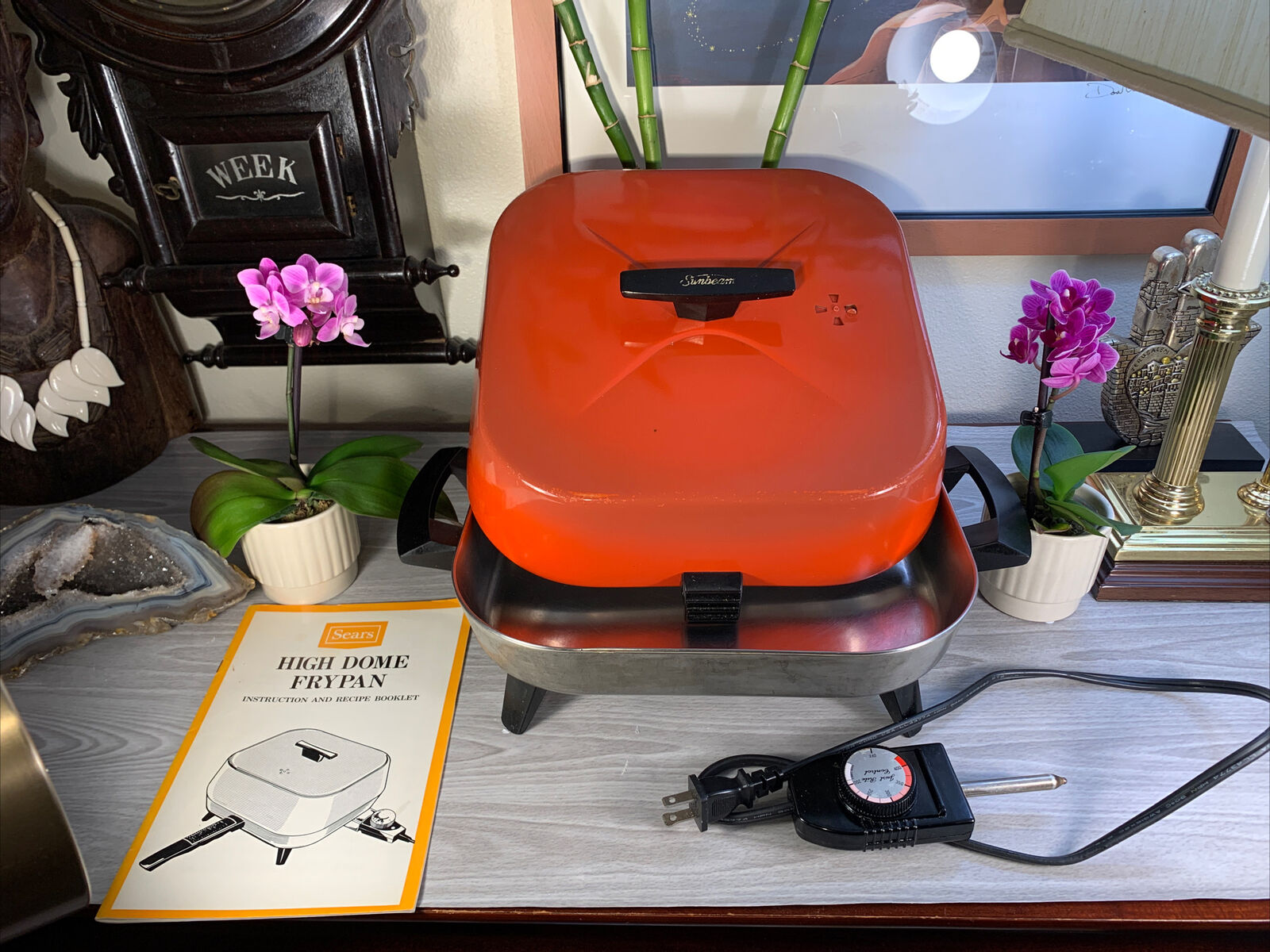

Articles
What Temperature Should You Set Your Vintage Sunbeam Electric Skillet
Modified: October 19, 2024
Looking for articles on vintage Sunbeam electric skillets? Find out what temperature to set for perfect cooking results. Explore our collection now!
(Many of the links in this article redirect to a specific reviewed product. Your purchase of these products through affiliate links helps to generate commission for Storables.com, at no extra cost. Learn more)
Introduction
Welcome to the world of vintage Sunbeam electric skillets! These iconic kitchen appliances have been a staple in households for decades, providing a convenient and efficient way to cook a variety of delicious meals. One crucial aspect of using a vintage Sunbeam electric skillet is understanding and utilizing the temperature settings to achieve the desired cooking results.
In this article, we will explore the temperature settings on vintage Sunbeam electric skillets, how to preheat the skillet, and the importance of proper temperature settings for successful cooking. We will also provide some useful tips for cooking with these skillets and maintaining their optimal performance.
So, let’s dive in and discover the secrets of mastering the temperature settings on your vintage Sunbeam electric skillet!
Key Takeaways:
- Mastering the temperature settings on your vintage Sunbeam electric skillet is crucial for achieving even cooking, developing flavors, and ensuring food safety, allowing you to confidently cook a wide range of delicious dishes.
- Proper cleaning and maintenance of your vintage Sunbeam electric skillet will help prolong its lifespan and keep it in optimal condition, ensuring safe and reliable performance for many years to come.
Understanding the Sunbeam Electric Skillet
The Sunbeam Electric Skillet is a versatile kitchen appliance that allows you to cook a wide range of dishes with ease. It consists of a non-stick cooking surface and a heating element that is controlled by temperature settings. Vintage Sunbeam electric skillets were designed to be portable and convenient, with durable construction that has stood the test of time.
These skillets are known for their even heat distribution, allowing your food to cook evenly and achieve that perfect golden-brown texture. They also come with a domed lid, which helps to trap heat and moisture, ensuring that your meals remain moist and flavorful.
One of the key features that sets vintage Sunbeam electric skillets apart is the temperature control knob. This knob allows you to adjust the heat to the desired temperature for your specific recipe. Whether you need high heat for searing a steak or low heat for simmering a sauce, the temperature control allows you to achieve the desired result.
Understanding the temperature settings on your Sunbeam electric skillet is crucial for successful cooking. Different recipes require different temperature ranges, so knowing how to set the temperature correctly is essential. This will help you avoid undercooking or overcooking your food and ensure that you achieve the perfect doneness every time.
Now that you have a basic understanding of the Sunbeam electric skillet, let’s dive deeper into the temperature settings and how to use them effectively.
Temperature Settings on Vintage Sunbeam Electric Skillets
When it comes to vintage Sunbeam electric skillets, the temperature control knob is your key to achieving the right amount of heat for your cooking needs. The knob is typically located on the front or side of the skillet and is marked with a range of temperatures.
Most vintage Sunbeam electric skillets come with temperature settings ranging from 200°F to 400°F (or 93°C to 204°C), allowing you to easily adjust the heat according to the recipe you’re preparing. These skillets often have a numbered dial, with each number corresponding to a specific temperature range.
It’s important to note that the temperature settings on vintage Sunbeam electric skillets are approximate. While the dial may indicate specific temperatures, there can be slight variations in the actual heat produced by the skillet. Therefore, it’s advisable to use a separate thermometer to accurately measure the temperature of the skillet’s surface if precise temperature control is necessary.
Understanding the temperature settings is crucial for achieving the desired cooking results. Here’s a breakdown of the temperature ranges commonly found on vintage Sunbeam electric skillets:
- Low: This setting, usually indicated between 200°F and 250°F (or 93°C and 121°C), is ideal for gentle simmering, melting chocolate, or keeping cooked food warm without overcooking.
- Medium-Low: Set between 250°F and 300°F (or 121°C and 149°C), this temperature range is suitable for slow cooking, braising, and gently sautéing delicate ingredients.
- Medium: Falling between 300°F and 350°F (or 149°C and 177°C), this medium heat setting is perfect for most cooking tasks like stir-frying, pan-frying, or browning meat.
- Medium-High: Ranging from 350°F to 400°F (or 177°C to 204°C), this higher heat setting is best for searing meats, achieving a quick and crispy sear, or quickly heating up the skillet for a faster cooking process.
It’s essential to keep in mind that these temperature settings can vary slightly between different models of vintage Sunbeam electric skillets. Therefore, it’s a good practice to consult the instruction manual included with your specific skillet for accurate temperature guidelines.
Now that you have a better understanding of the temperature settings on your vintage Sunbeam electric skillet, let’s move on to the next step: preheating the skillet.
Preheating the Skillet
Preheating your vintage Sunbeam electric skillet is an essential step to ensure even cooking and optimal results. By preheating, you allow the skillet’s surface to reach the desired temperature before adding your ingredients. This helps to ensure uniform heat distribution and prevents sticking or uneven cooking.
To preheat your vintage Sunbeam electric skillet, follow these steps:
- Place the skillet on a stable, heat-resistant surface, such as a countertop or range.
- Ensure that the skillet is clean and has a dry cooking surface.
- Turn the temperature control knob to the desired heat setting for your recipe.
- Allow the skillet to heat up for a few minutes, typically around 5 to 10 minutes, depending on the desired temperature.
- While the skillet is preheating, you can prepare your ingredients by washing, chopping, or seasoning them.
- Once the skillet is preheated, you can add your ingredients and begin cooking.
It’s important to note that the time it takes for the skillet to preheat may vary depending on the specific model and temperature setting. It’s always a good idea to refer to your skillet’s instruction manual for more precise guidelines.
By preheating the skillet, you ensure that your ingredients cook more evenly and develop a delicious flavor profile. Additionally, preheating helps to create a non-stick surface, reducing the chances of ingredients sticking to the skillet’s surface.
Now that you know how to preheat your vintage Sunbeam electric skillet, let’s move on to the next step: adjusting the temperature on the skillet.
Adjusting the Temperature on the Skillet
Adjusting the temperature on your vintage Sunbeam electric skillet is a simple and straightforward process. Once the skillet is preheated, you can easily modify the heat to meet the requirements of your recipe.
To adjust the temperature on your vintage Sunbeam electric skillet, follow these steps:
- Locate the temperature control knob on the front or side of the skillet.
- Gently turn the knob in a clockwise or counterclockwise direction to increase or decrease the temperature, respectively.
- Take note of the numbered temperature settings or the visual indicators to help you adjust the heat to your desired level.
- Allow the skillet a few moments to reach the new temperature before proceeding with your cooking.
It’s important to make gradual adjustments to the temperature rather than making abrupt changes. This allows the skillet to adapt and maintain a consistent cooking environment.
During the cooking process, you might find it necessary to make additional temperature adjustments. For example, if you notice that your food is browning too quickly, you can dial down the temperature to prevent burning. On the other hand, if your food is not cooking as quickly as you’d like, you can increase the temperature slightly.
Remember, the temperature settings on vintage Sunbeam electric skillets are approximate, so it’s always a good idea to keep an eye on your food and make adjustments as needed to achieve the desired results.
Now that you know how to adjust the temperature on your vintage Sunbeam electric skillet, let’s explore the importance of proper temperature settings for successful cooking.
When using a vintage Sunbeam electric skillet, it’s important to preheat it to the desired cooking temperature before adding any ingredients. This will ensure even cooking and better results.
Importance of Proper Temperature Settings
Proper temperature settings play a crucial role in achieving successful cooking results with your vintage Sunbeam electric skillet. The right temperature ensures that your food is cooked to perfection, with the ideal texture, flavor, and doneness.
Here are some key reasons why proper temperature settings are important:
1. Even Cooking: By setting the temperature correctly, you ensure that your food cooks evenly. Proper heat distribution allows for uniform cooking throughout the ingredients, preventing overcooking or undercooking certain portions.
2. Texture and Flavor Development: Different recipes require specific temperature ranges to achieve the desired texture and flavor. For example, searing a steak at a high temperature helps to develop a flavorful crust, while low and slow cooking is necessary for tenderizing meats or creating rich, flavorful stews.
3. Food Safety: Cooking food at the right temperature is crucial for food safety. It helps to kill bacteria, ensuring that your meals are safe to consume. Undercooking food can put you at risk of foodborne illnesses, while overcooking can result in dry, unappetizing dishes.
4. Preventing Sticking and Burning: Proper temperature settings help to create a non-stick cooking surface, reducing the chances of your ingredients sticking to the skillet. It also prevents food from burning and ensures that a crispy, golden-brown crust is achieved without excess charring.
5. Time and Energy Efficiency: Using the correct temperature settings allows for efficient cooking, saving you time and energy. With the right heat level, your food will cook at the appropriate pace, helping you to reduce cooking time and save electricity or gas.
Remember, each recipe may have specific temperature requirements, so it’s important to refer to your recipe or consult cooking guidelines for more precise temperature recommendations. With practice and experience, you’ll become more comfortable in determining the ideal temperature settings for different dishes.
Now that you understand the importance of proper temperature settings, let’s move on to some useful tips for cooking with vintage Sunbeam electric skillets.
Tips for Cooking with Vintage Sunbeam Electric Skillets
Now that you are familiar with the temperature settings on your vintage Sunbeam electric skillet, let’s explore some helpful tips for cooking with these versatile kitchen appliances.
- Preheat properly: Always preheat your skillet before adding ingredients. This ensures even cooking and helps to create a non-stick surface.
- Use the right cooking oils: Choose cooking oils with a high smoke point, such as vegetable oil, canola oil, or peanut oil, to prevent them from burning and imparting an unpleasant taste to your dishes.
- Avoid overcrowding: For optimal cooking results, avoid overcrowding the skillet. Cook in batches if necessary, as overcrowding can lead to uneven cooking and prevent ingredients from browning properly.
- Monitor cooking time: Keep a close eye on your food and adhere to the cooking time suggested in the recipe. Overcooking can result in dry or burned food, while undercooking may leave your dish underdeveloped.
- Experiment with different temperatures: While recipes often provide temperature guidelines, don’t be afraid to experiment and adjust the heat to your preference. This allows you to customize the cooking process and achieve the desired outcome.
- Utilize the skillet’s versatility: Your vintage Sunbeam electric skillet is not limited to frying or sautéing. Explore its versatility by using it for grilling, braising, baking, and even preparing breakfast foods like pancakes or omelets.
- Add ingredients gradually: If you’re making a dish that requires multiple ingredients, add them gradually rather than all at once. This helps to control the temperature and prevents overcrowding.
- Keep the lid on: When appropriate, cover your skillet with the domed lid provided. This helps to trap heat and moisture, resulting in more tender and flavorful dishes.
- Practice proper cleaning and maintenance: After each use, allow the skillet to cool before cleaning it. Use mild dish soap and a non-abrasive sponge or cloth to clean the skillet’s surface. Avoid using harsh abrasives, as they can damage the non-stick surface.
- Store properly: Once cleaned and dried, store your vintage Sunbeam electric skillet in a cool and dry place. Protect the non-stick surface by placing a layer of paper towel or a cloth between the skillet and its lid.
By following these tips, you’ll be well on your way to cooking delicious meals with your vintage Sunbeam electric skillet. Remember to get creative, experiment with flavors, and enjoy the versatile cooking possibilities that your skillet offers.
Now that you have a clearer understanding of cooking with vintage Sunbeam electric skillets, let’s move on to cleaning and maintenance tips to keep your skillet in excellent condition.
Cleaning and Maintenance of the Skillet
Proper cleaning and maintenance are essential for keeping your vintage Sunbeam electric skillet in excellent condition and extending its lifespan. Here are some tips to help you clean and maintain your skillet:
- Cool before cleaning: Always allow the skillet to cool down completely before starting the cleaning process. This prevents accidental burns and ensures that the non-stick surface is not damaged.
- Remove the power cord: Before cleaning, detach the power cord from the skillet and set it aside. Do not immerse the power cord or temperature control unit in water as they are not submersible.
- Wash by hand: Vintage Sunbeam electric skillets are not dishwasher safe. Wash the skillet by hand using warm soapy water and a non-abrasive sponge or cloth. Avoid using harsh or abrasive cleaners that can damage the non-stick surface.
- Stubborn residues: For stubborn residues, you can fill the skillet with warm water and a few drops of dish soap. Let it soak for a few minutes to loosen the residues, then scrub them gently with a non-abrasive sponge or cloth.
- Do not immerse the skillet: Avoid immersing the entire skillet in water, as it can damage the electrical components. Instead, clean the cooking surface and exterior with a damp cloth or sponge.
- Dry thoroughly: After cleaning, make sure to dry the skillet thoroughly to prevent water spots or rust formation. Use a soft cloth or allow it to air dry before storing.
- Store with care: To protect the non-stick surface, place a layer of paper towel or a cloth between the skillet and its lid when storing. Store the skillet in a cool and dry place.
- Avoid metal utensils: When cooking, use non-metal utensils like silicone, plastic, or wooden utensils to prevent scratching or damaging the non-stick surface.
- Inspect regularly: Regularly inspect your skillet for any signs of wear or damage, such as chipped non-stick coating or loose electrical connections. If you notice any issues, discontinue use and consult a professional for repair or replacement.
By following these cleaning and maintenance tips, you’ll not only keep your vintage Sunbeam electric skillet in great shape but also ensure its safe and reliable performance for many years to come.
Now that you’re well-equipped with knowledge on cleaning and maintaining your skillet, let’s conclude our article.
Conclusion
Congratulations! You have now learned the ins and outs of using a vintage Sunbeam electric skillet and how to optimize its temperature settings for successful cooking. From understanding the different temperature ranges to preheating the skillet and making temperature adjustments, you are well on your way to becoming a skilled chef with your vintage kitchen appliance.
Remember, proper temperature settings are vital for achieving even cooking, developing flavors, and ensuring food safety. By following the tips provided, you can confidently cook a wide range of dishes with your vintage Sunbeam electric skillet, showcasing your culinary prowess.
Additionally, taking care of your skillet through regular cleaning and maintenance will help prolong its lifespan and keep it in optimal condition. By practicing proper storage, using gentle cleaning techniques, and avoiding harsh cleaners and metal utensils, your skillet will continue to serve you for years to come.
So, gather your favorite recipes, experiment with different temperature settings, and unleash the full potential of your vintage Sunbeam electric skillet. Whether you’re whipping up a savory stir-fry, a perfectly seared steak, or a delightful breakfast spread, your vintage Sunbeam electric skillet will be your trusty companion in the kitchen.
Remember to enjoy the process, savor the flavors, and create cherished memories with every dish you prepare. Happy cooking with your vintage Sunbeam electric skillet!
Frequently Asked Questions about What Temperature Should You Set Your Vintage Sunbeam Electric Skillet
Was this page helpful?
At Storables.com, we guarantee accurate and reliable information. Our content, validated by Expert Board Contributors, is crafted following stringent Editorial Policies. We're committed to providing you with well-researched, expert-backed insights for all your informational needs.
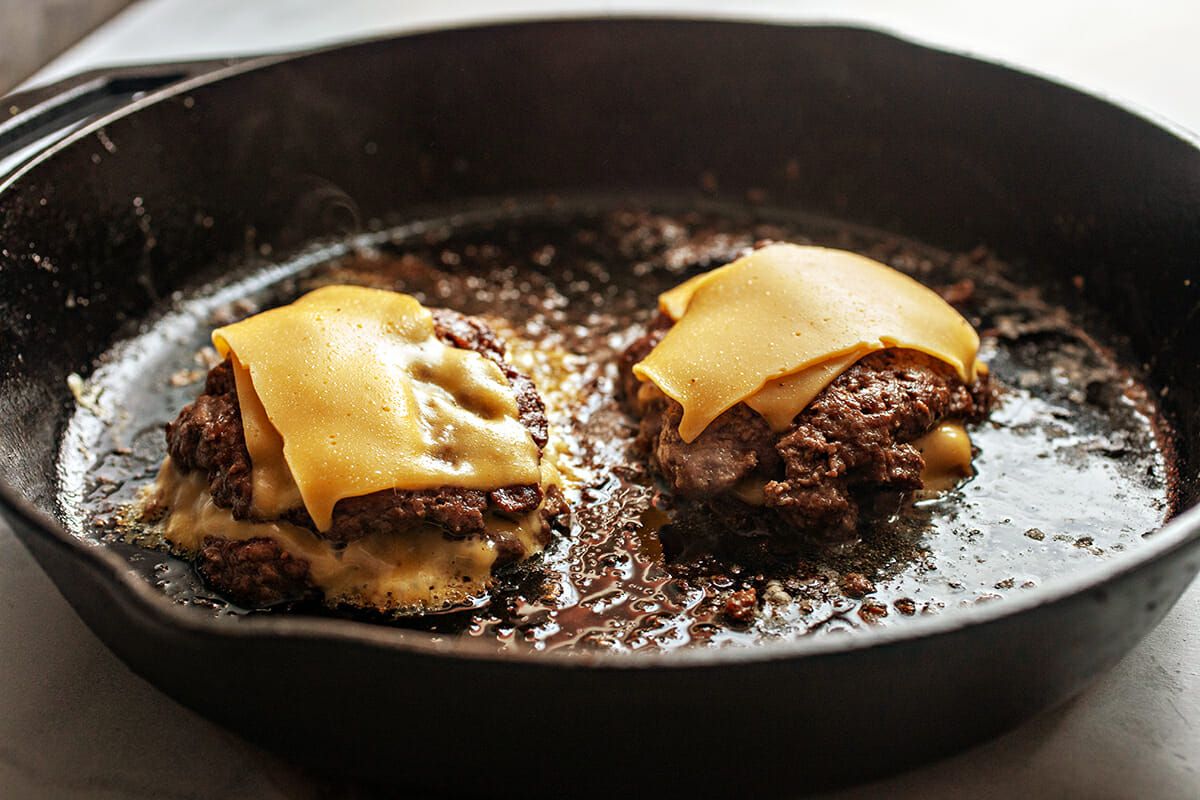
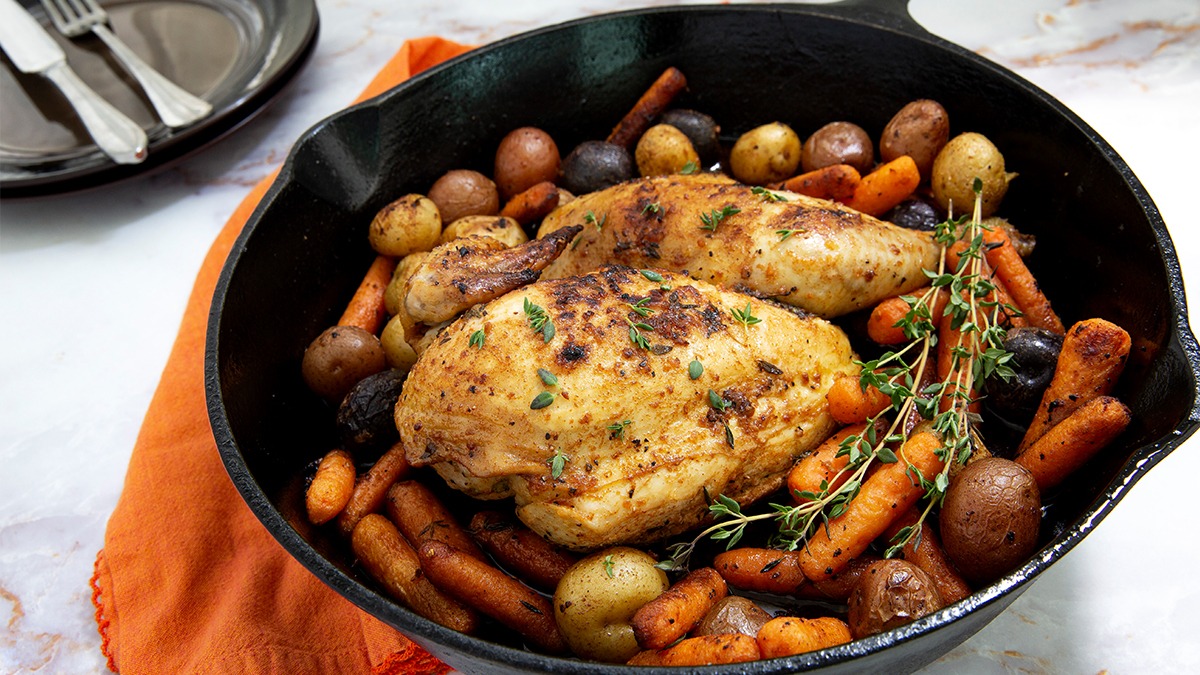
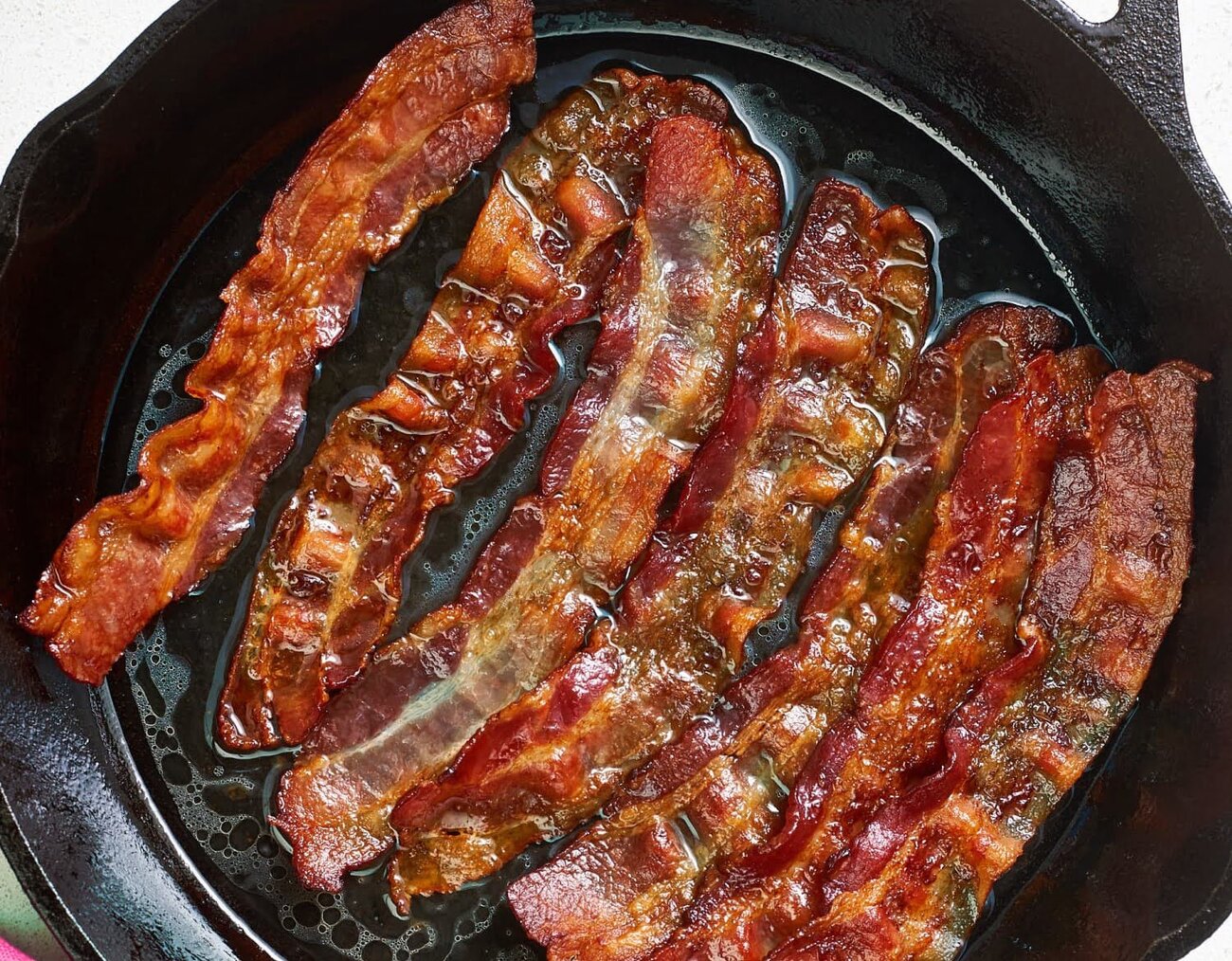
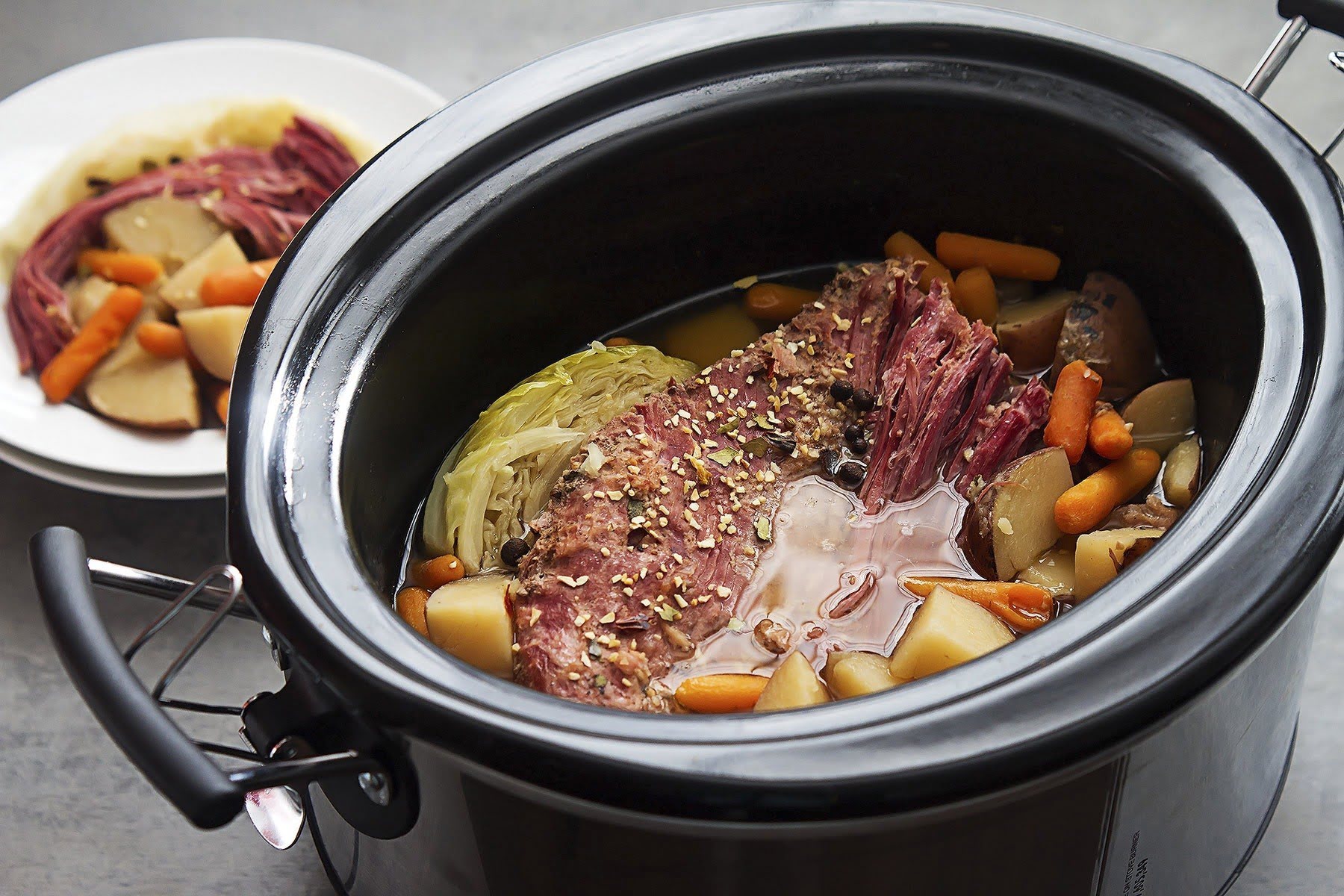
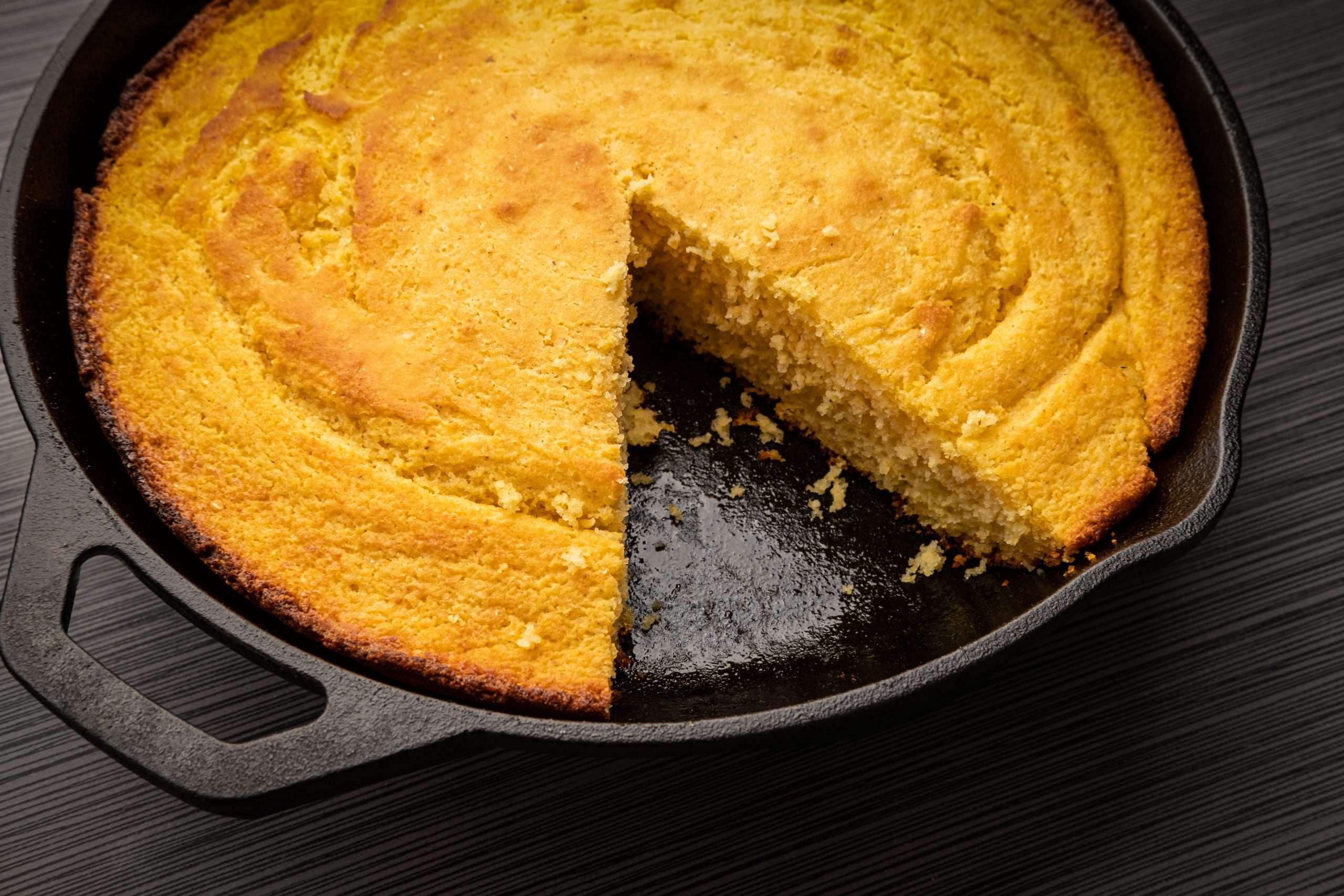
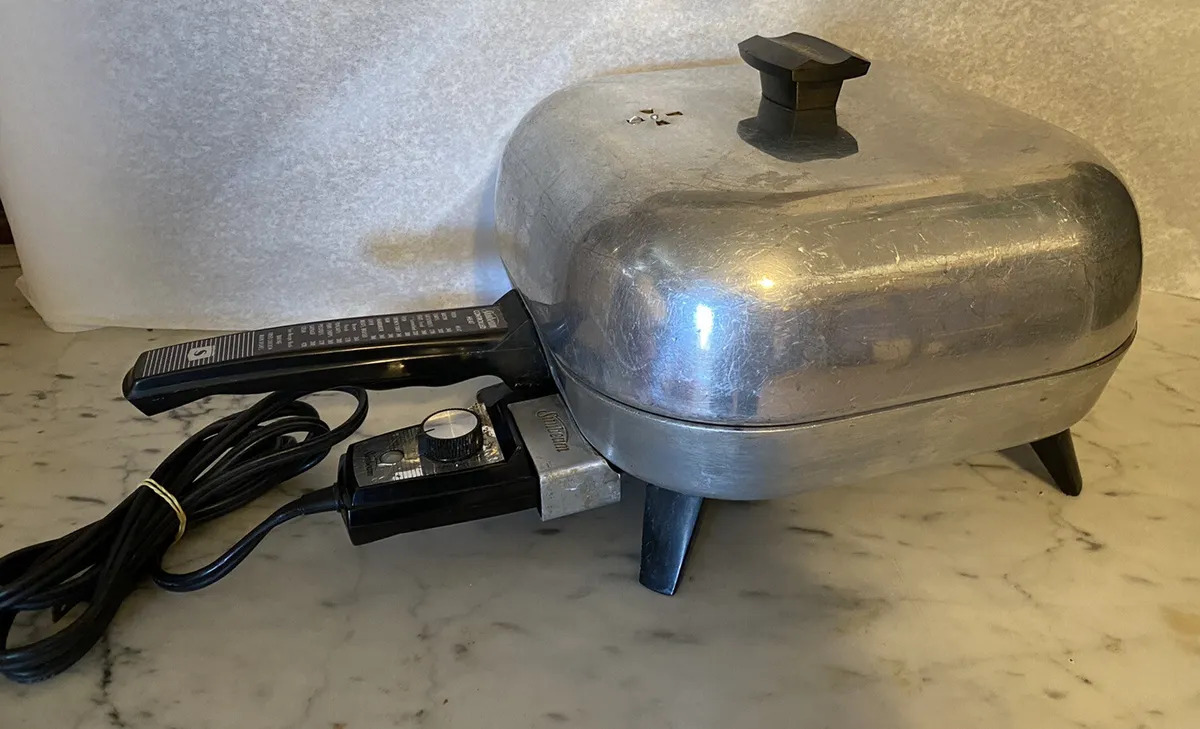
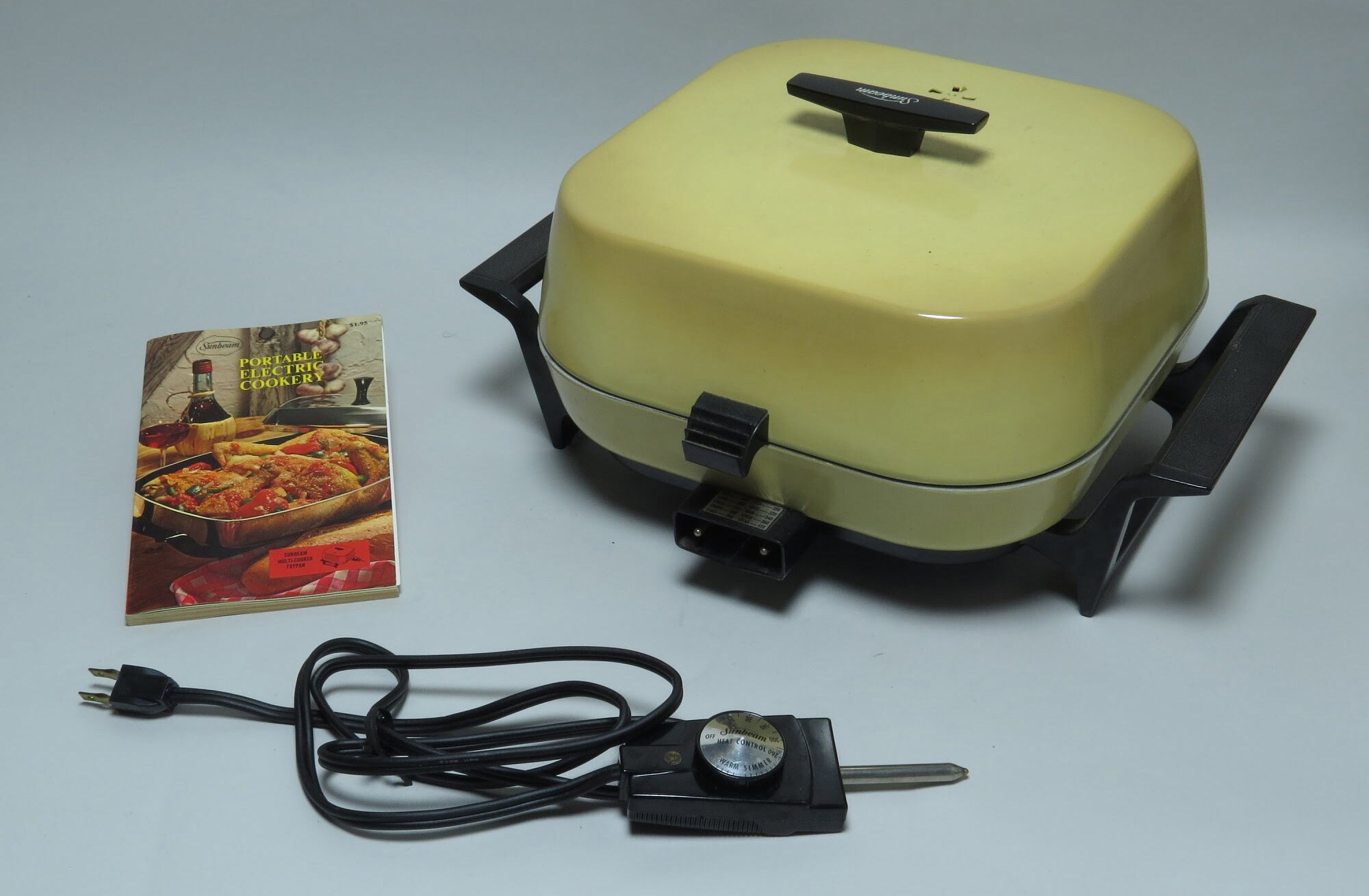
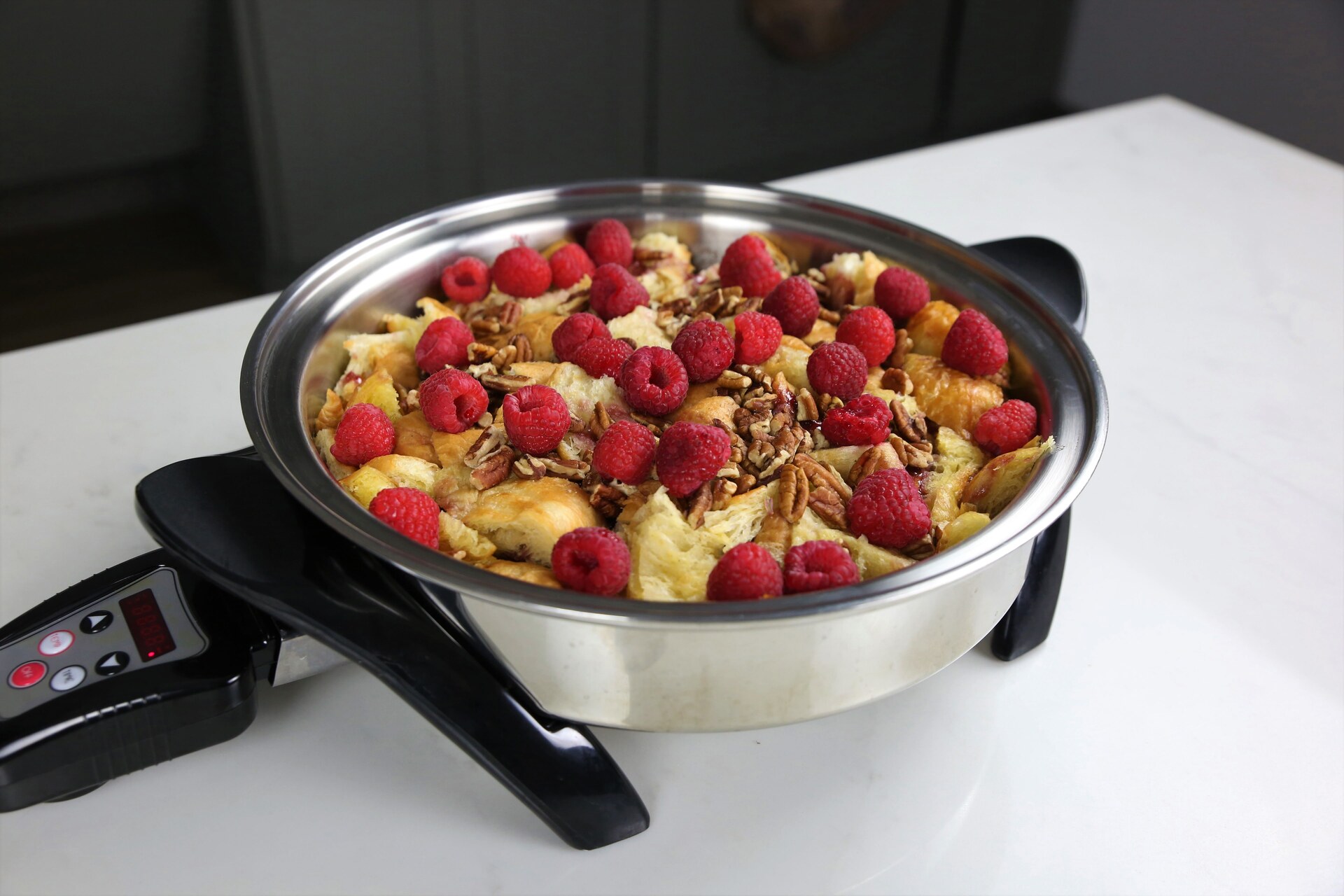
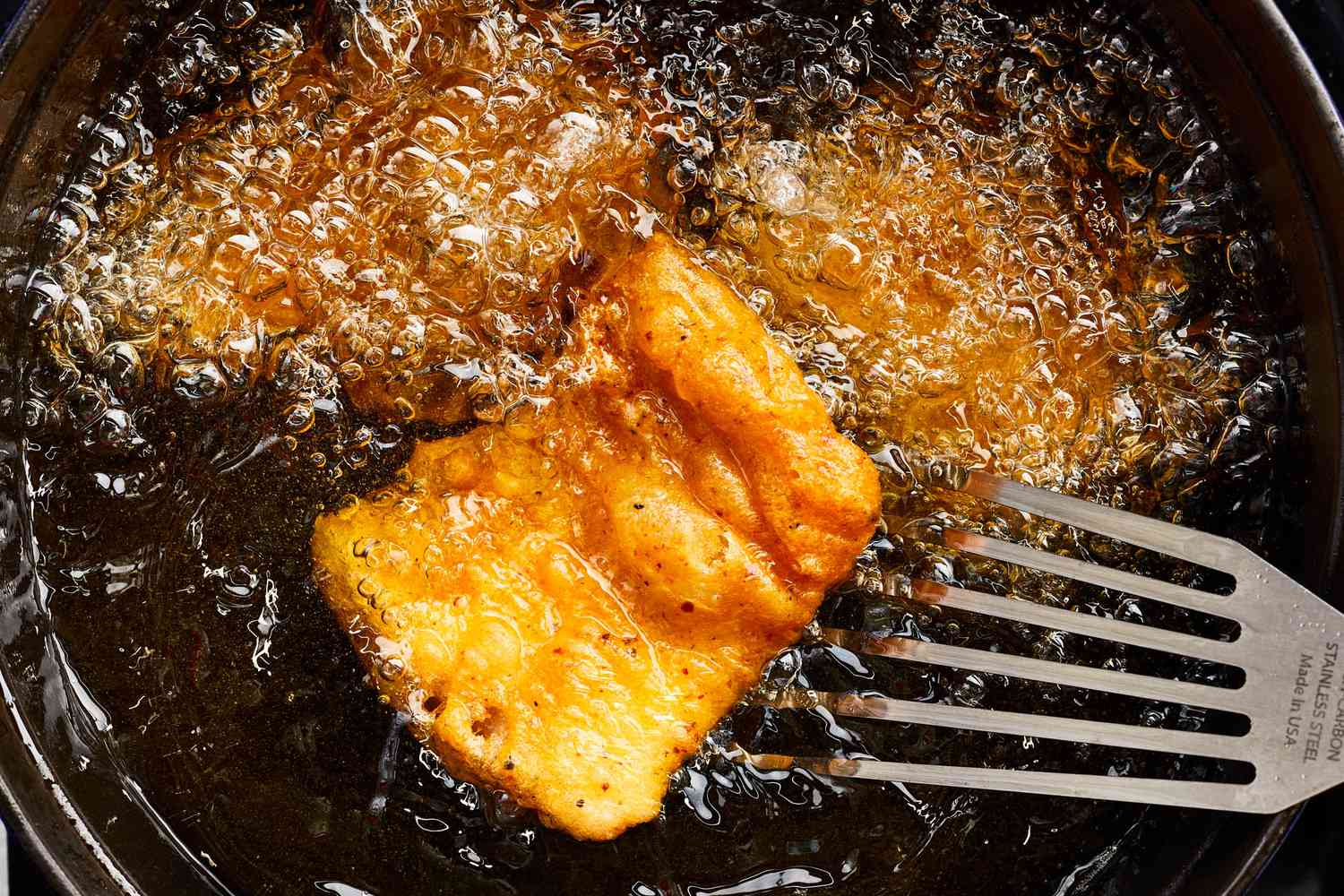
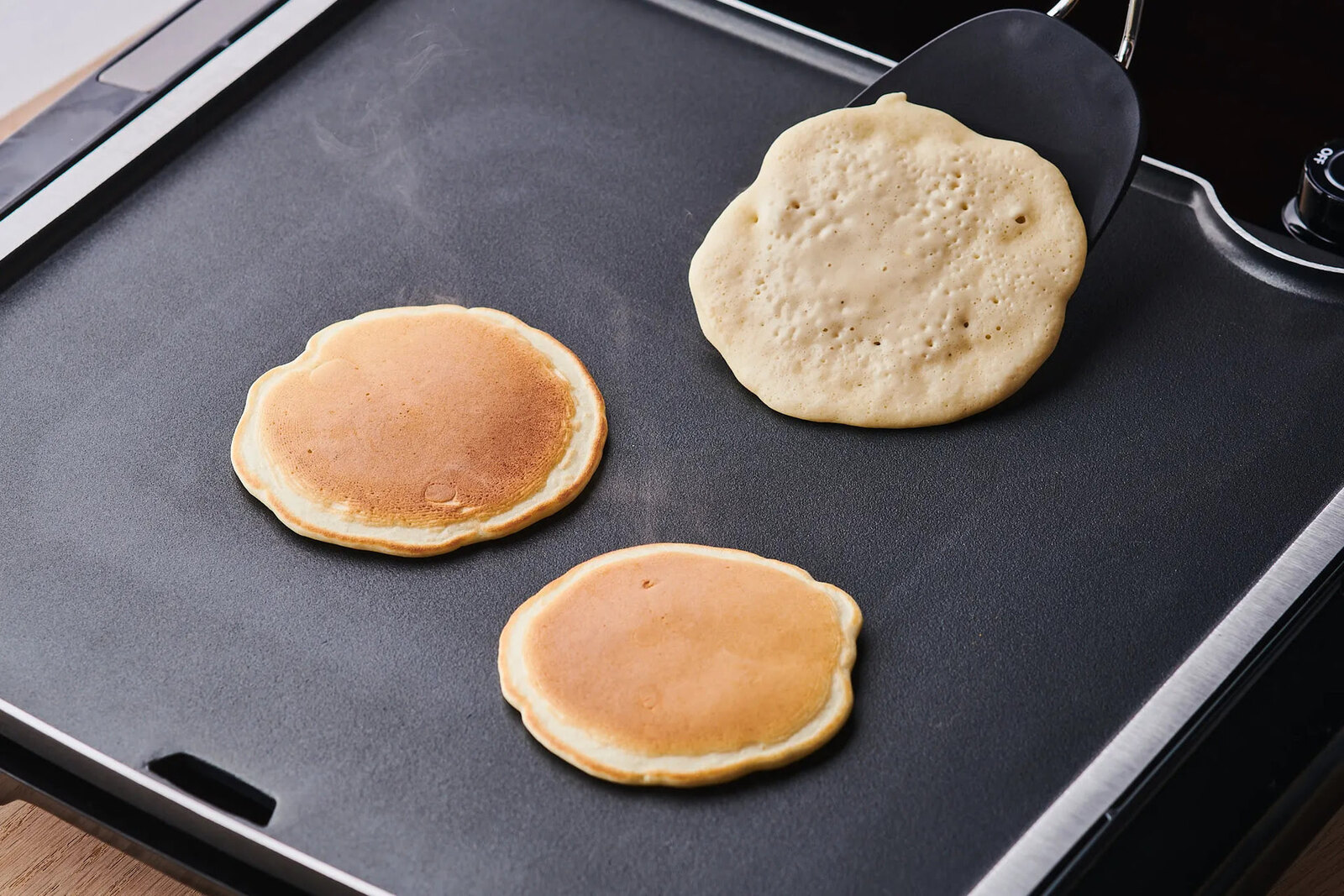

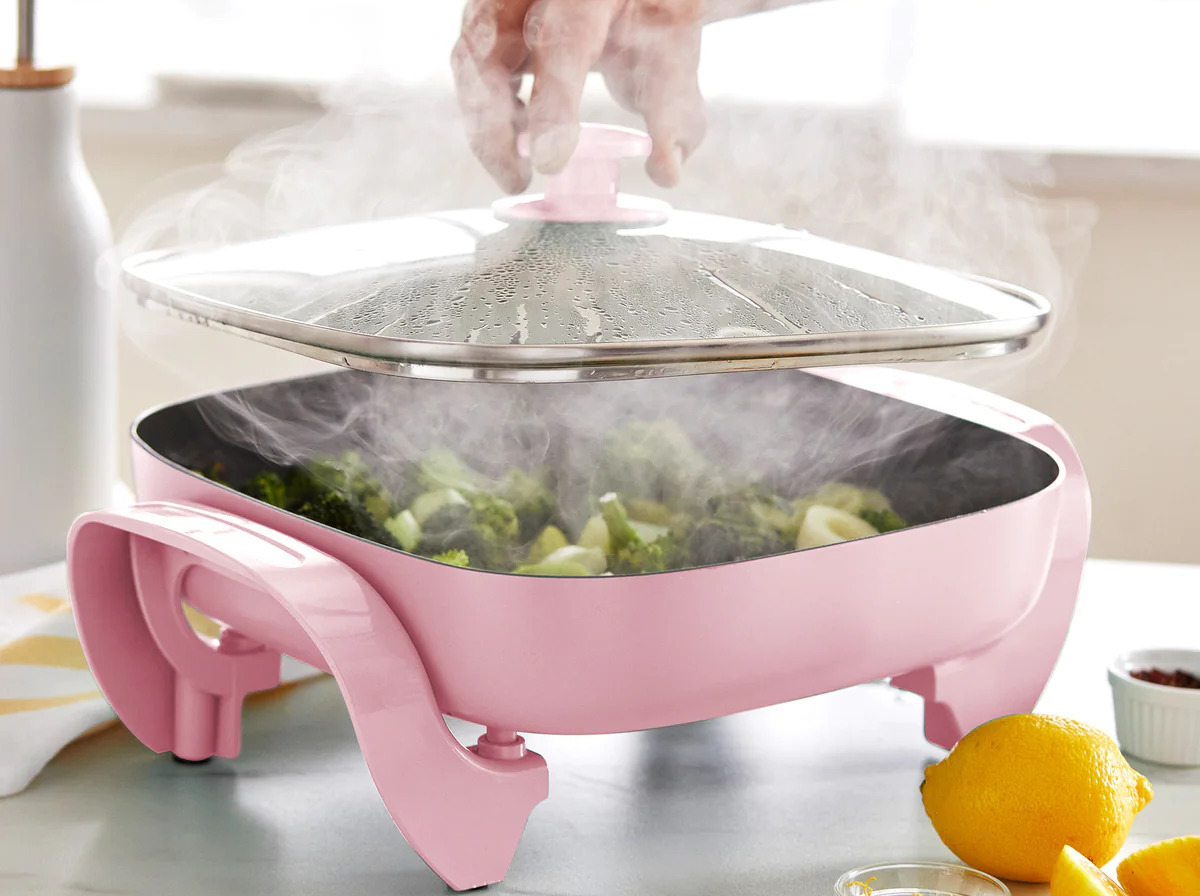
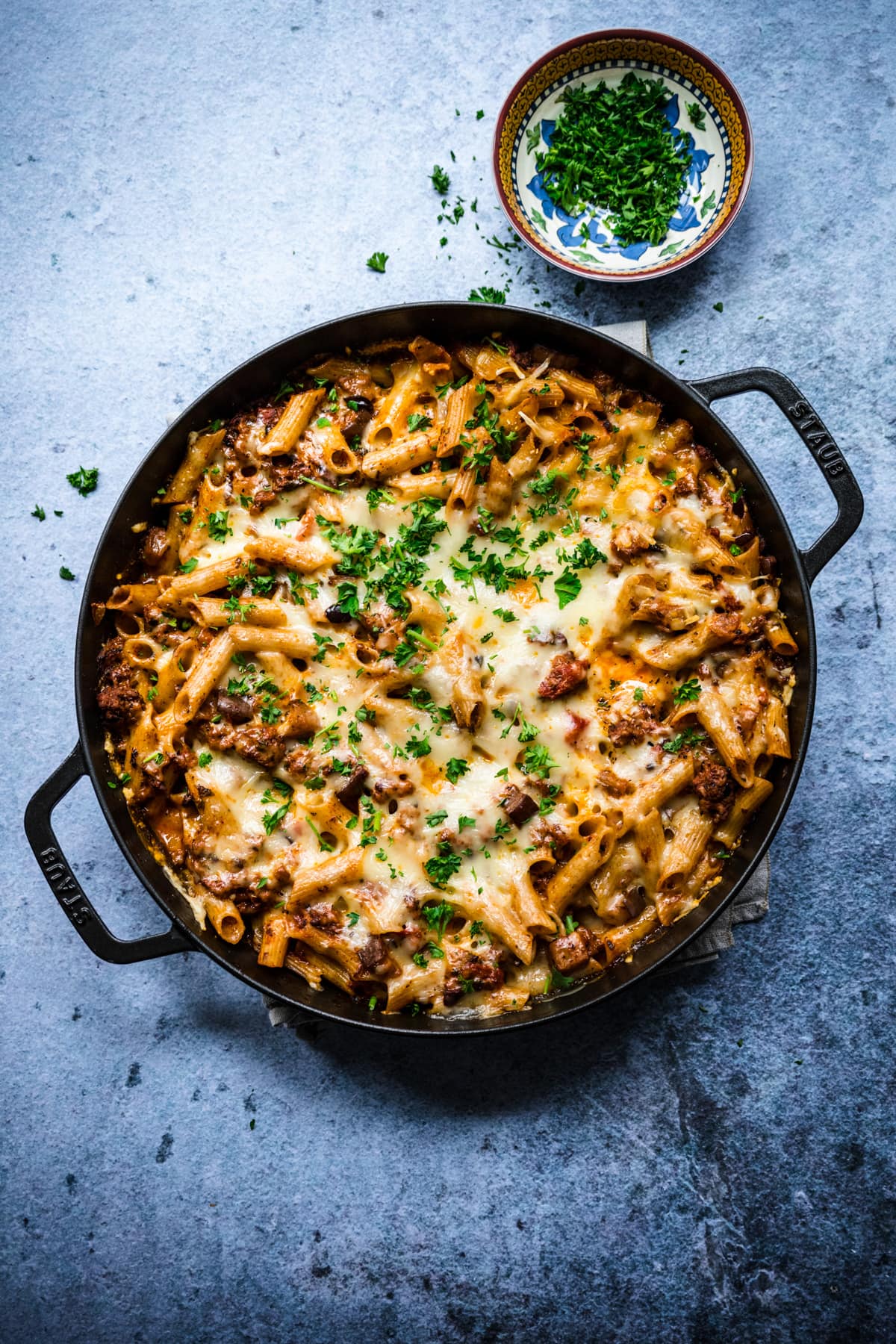
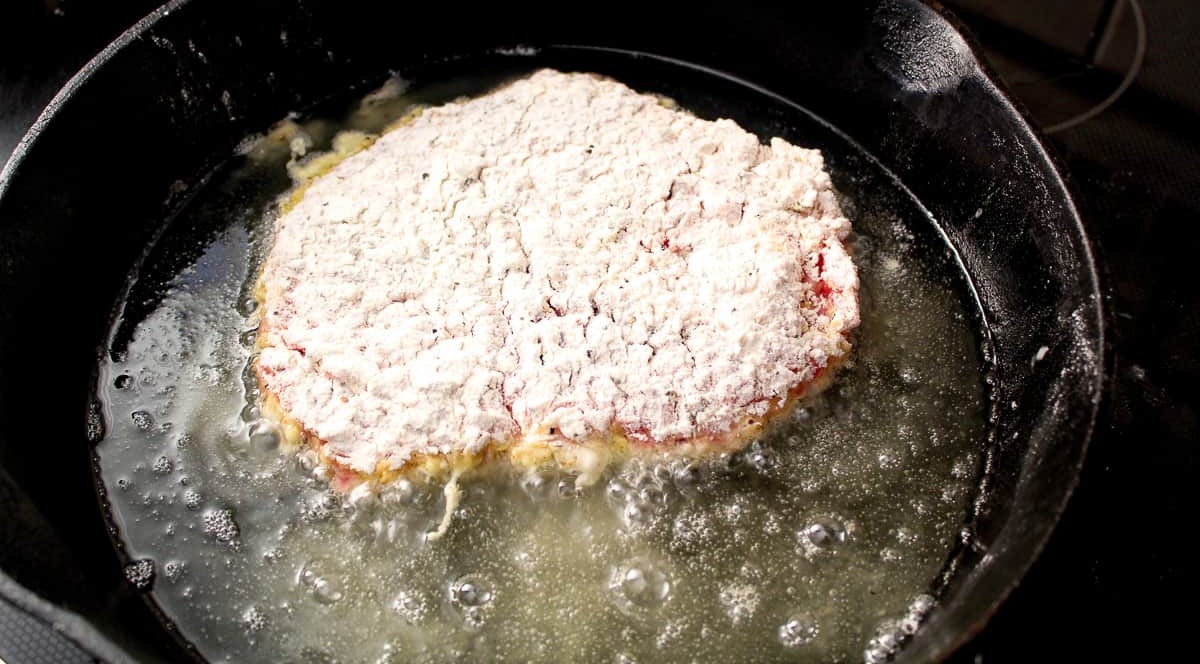

0 thoughts on “What Temperature Should You Set Your Vintage Sunbeam Electric Skillet”